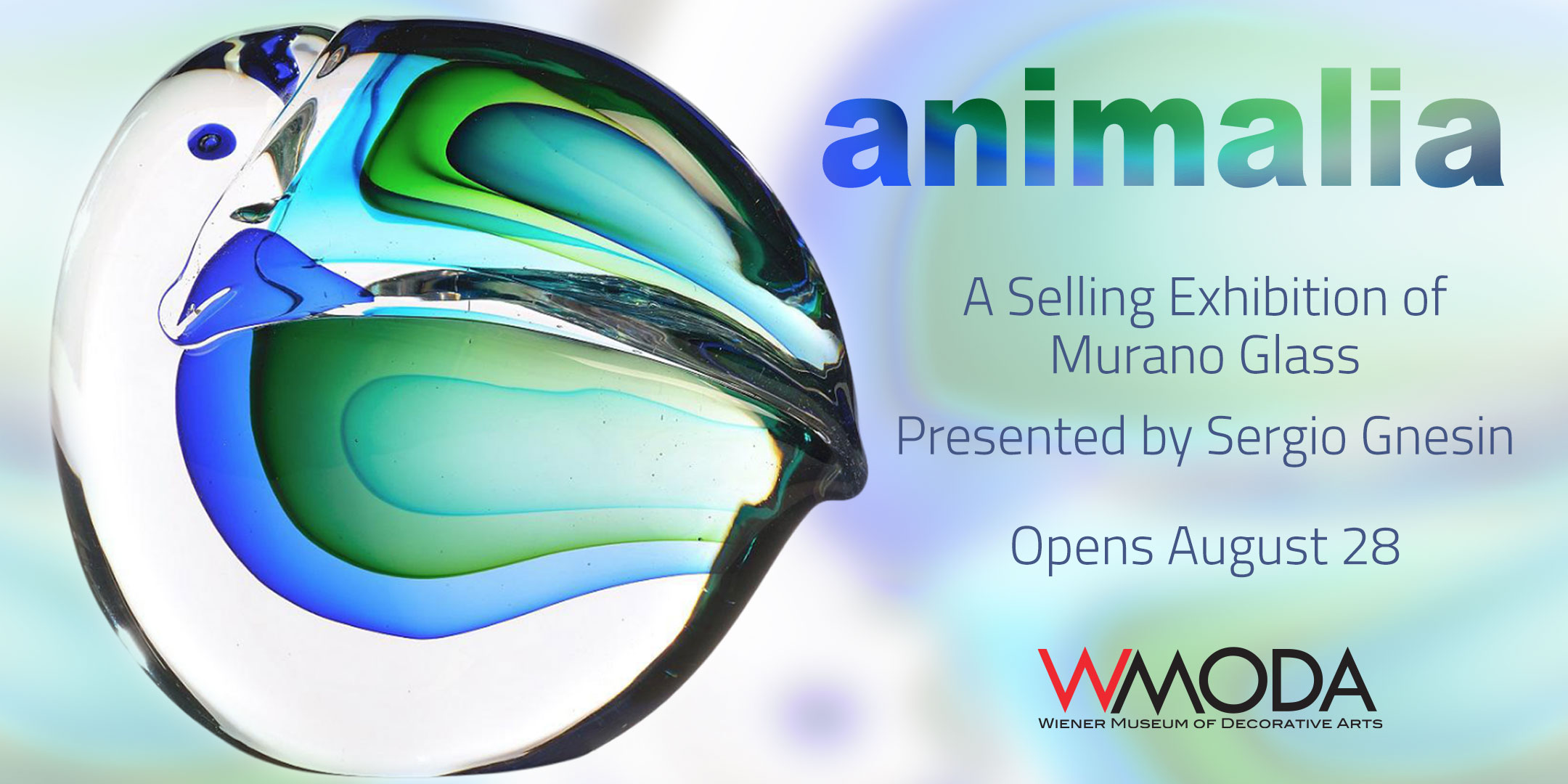A new selling exhibition presented by Sergio Gnesin opens on August 28 with a selection of animals created by the glass maestros of Murano. The pop-up show traces the evolution of glass animal sculptures in Venice from the 1930s to the present day with Mid-Century Modern designs alongside contemporary interpretations of the animal kingdom in glass.
Sergio Gnesin is a specialist in Murano glass and the author of the reference book on Ermanno Nason, one of the great maestros represented in the show. Like many of his contemporaries, Ermanno Nason (1928-2013) was introduced to glass at a very young age. He was just nine years old when he began working at his father’s glass factory in Murano. Nason became a master in 1952 and the following year he began executing glass designs by celebrated artists, including Picasso, Chagall, Moore, and Ernst. He specialized in the massello technique in which the mass of glass is stretched, shaped, and fused so that multiple pieces are joined without seams. Between 1965 and 1972, he was able to focus on his own original work at the Cenedese glass factory where he created many bold and innovative studies of animals.
Gino Cenedese (1907-1973) established his own glass factory in 1946 and the following year was joined by Alfredo Barbini (1912-2007) who was the artistic director and master glassblower. In the 1950s, they became famous for their aquarium sculptures with shoals of fish and seaweed as shown at WMODA. In 1958, Antonio Da Ros (1936-2012), a graduate in decorative arts from Venice, became the company’s art director. He was fascinated by the chromatic possibilities of glass and experimented with Sommerso glass forms to create a stylish group of contemporary animals. From the Italian for submerged, this multi-colored effect involved creating two or more layers of contrasting glass and blowing them into the required form without the colors mixing together. Da Ros also used Uranium green glass that glows brightly in ultraviolet light.
Archimede Seguso (1909-1999) was born into one of Murano’s oldest glass families, which can be traced back to the 14th century. He became a maestro when he was 20 and began working with Flavio Poli (1900-1984) who became the artistic director of the Seguso factory in 1934. Poli’s innovative designs in the Sommerso style brought international acclaim to Seguso and he became a partner in the company for several years. Poli participated in the 1982 exhibit of A Thousand Years of Glass in Venice and he had a solo show of his work at Tiffany & Co in New York in 1989.
By the age of 12, Loredano Rosin (1936-1999) was working more than ten hours a day as an apprentice glassmaker. While working as a master glassblower for Salviati & Company, he collaborated with Picasso and Chagall to realize their visions in glass. Rosin specialized in figurative massello cristallo glass creating bold abstract sculptures. His deep rapport with glass led to invitations to exhibit in Europe, Japan, and North America. In 1988, he taught the first course ever offered by Pilchuck Glass School in free-hand glass sculpture in collaboration with his brother Dino and William Morris, Chihuly’s former gaffer.
Pino Signoretto (1944-2017) learned from the great masters including Ermanno Nason and Angelo Seguso and became a maestro himself at the age of 16 in 1960. He once said, “I was born like this, I eat, I drink, I live glass.” He opened his own studio in Murano in 1978 and began collaborating with architects and painters, including Salvador Dali. The Venetian maestro first worked with Chihuly in 1989 and their collaboration resulted in the Putti series that combined vessel forms with hot-glass figurative sculptures of fish, dolphins, and other underwater life. Signoretto was one of the world’s leading glass sculptors with absolute mastery of his material and he was a very popular instructor, visiting America regularly to teach a new generation of artists. Rob Stern is particularly indebted to him for his training as a glass sculptor as can be seen in his exhibitions at WMODA.
Dario Frare was born in 1977 in Murano, Italy, and inherited his passion for drawing and glassmaking from his father Giuliano, also a well-known Master. Frare's glass is formed by a combination of blowing and shaping with tools and dexterous hand movements. He specializes in the traditional Venetian a lume technique, also known as lampworking or flameworking, which uses a torch to melt the glass canes. Over the years, Dario has become renowned for his sensational creatures from the Venetian lagoons which can be purchased at WMODA.
Alberto Dona and his son Davide continue their family business as master glassmakers in Murano since 1937. Their studio produces a wide range of decorative glass, interior design, and lighting. Dona has contributed this aquarium sculpture in the Cenedese style but with jellyfish, which play on the translucency of glass. Maestro Oscar Zanetti is also inspired by the flora and fauna of the Venetian lagoon and his glass sculptures of shells are popular at WMODA. His family-run business has been handed down from father to son for four generations since 1956 and Zanetti has inherited his family’s creative talent and their passion for naturalistic subjects.
Emanuel Toffolo’s incredible flame-worked beetles are now back at WMODA after their debut at the Biophilia exhibit alongside Christopher Marley’s beetle mosaics. Toffolo has captured the natural iridescence of beetles so brilliantly in glass that they become the jewels of the insect world. Emanuel is following in the footsteps of his father, Cesare Toffolo, a world-recognized Murano glass artist. Emanuel graduated from the School of Art in Venice and began flame-working in 2003. What began as a hobby has become the passion of his life and he opened his own studio in Burano, Venice in 2014.
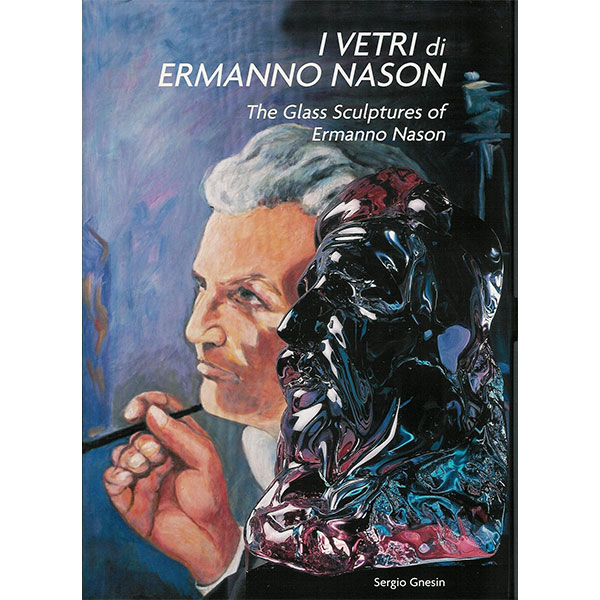
Ermanno Nason Book by Sergio Gnesin
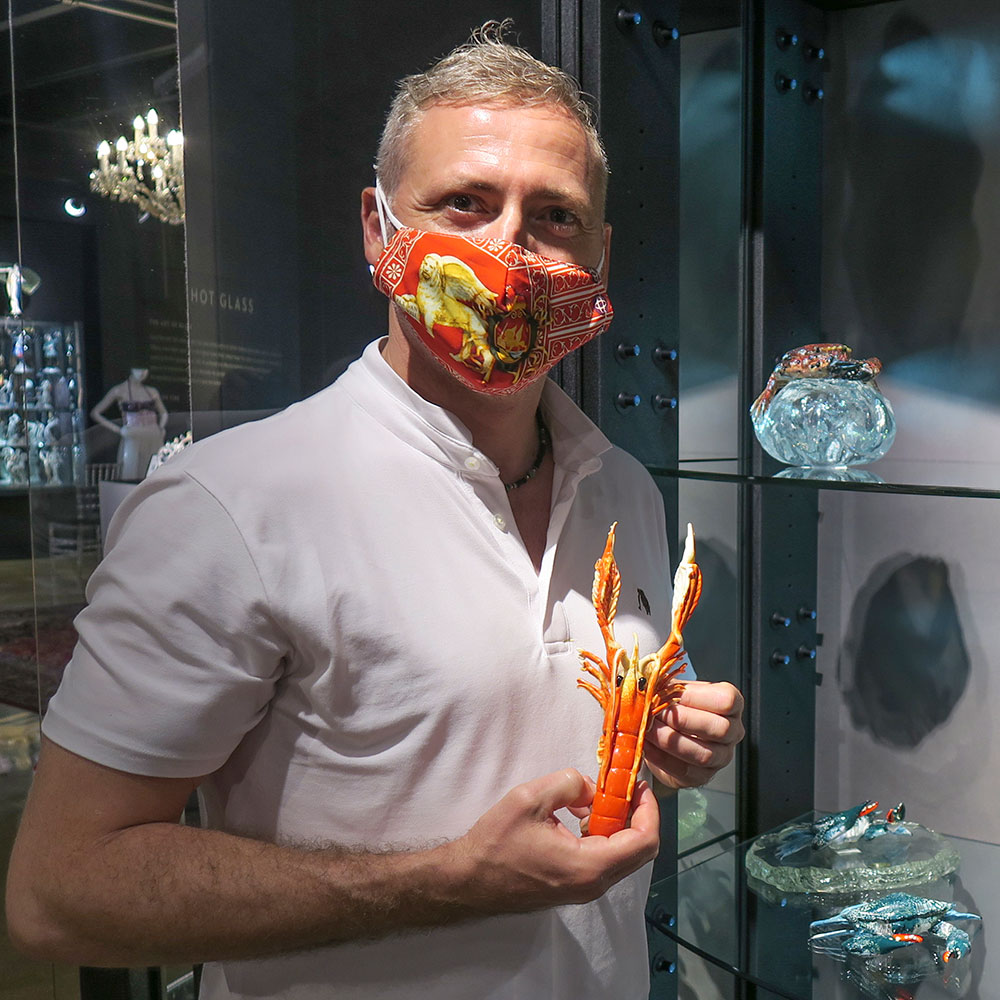
Sergio Gnesin

Toucan by E. Nason
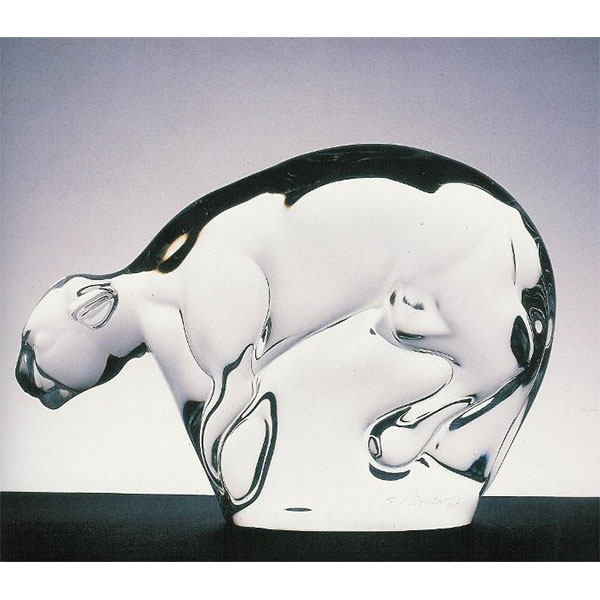
Panther by E. Nason

Grebe by E. Nason

Cenedese Toucan by A. Da Ros

Cenedese Ram by A. Da Ros
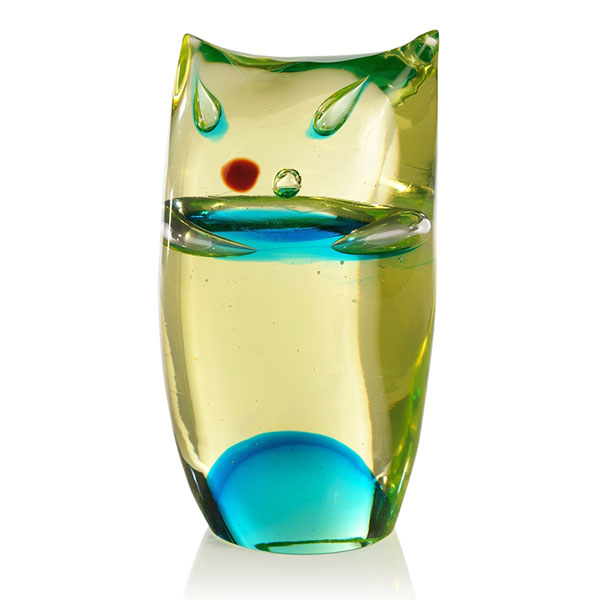
Cenedese Cat by A. Da Ros
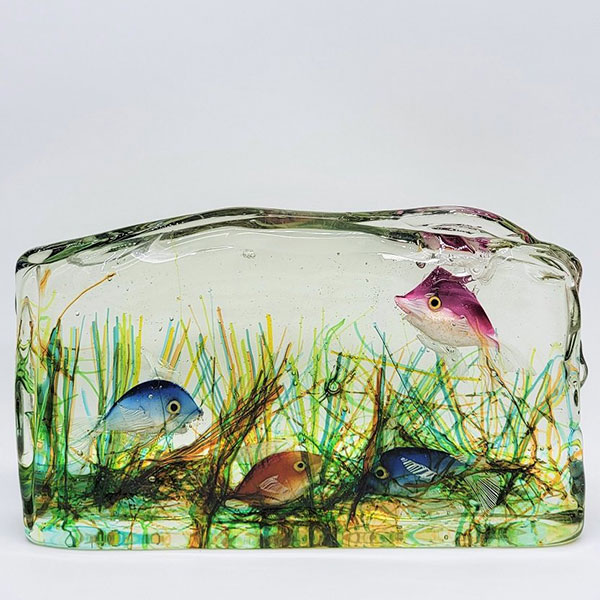
Cenedese Aquarium by A. Barbini
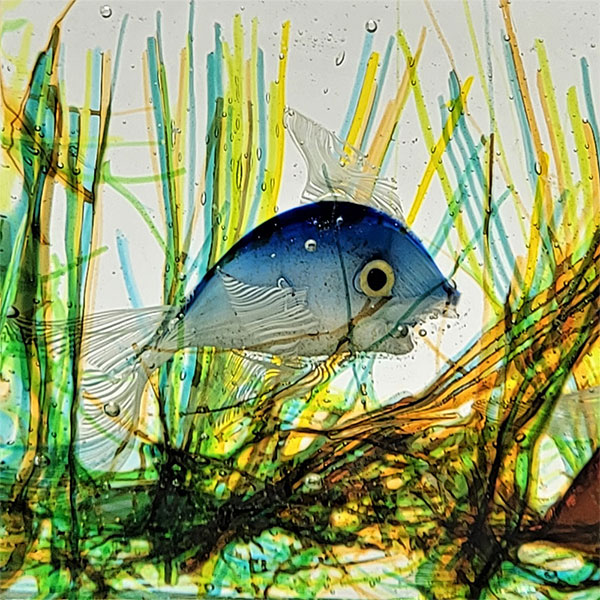
Aquarium detail
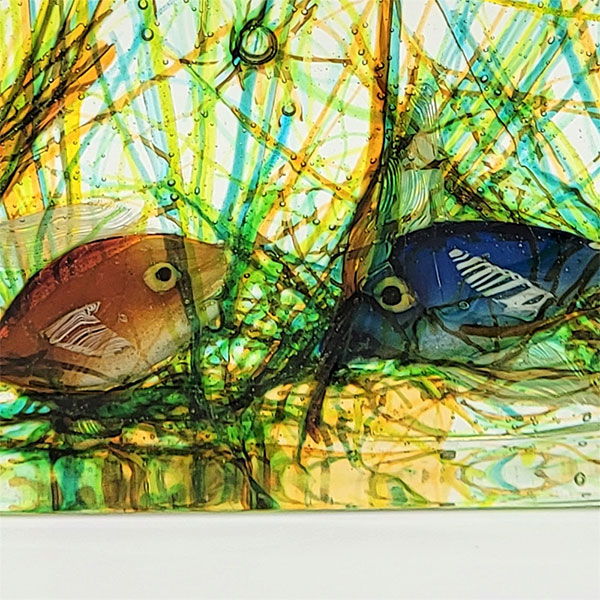
Aquarium detail

Aquarium detail

Seguso Dove by F. Poli
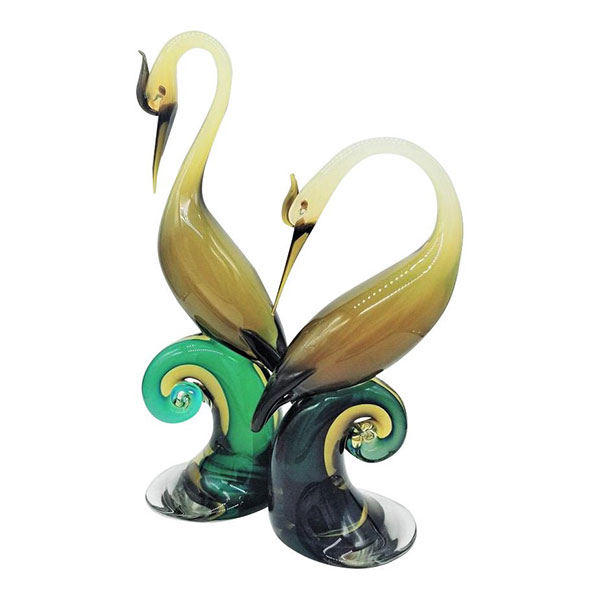
Salviati Herons
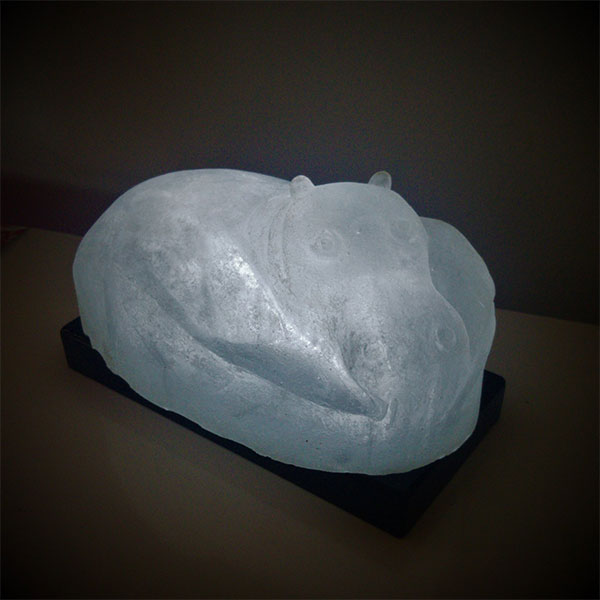
Seguso Hippo by F. Poli
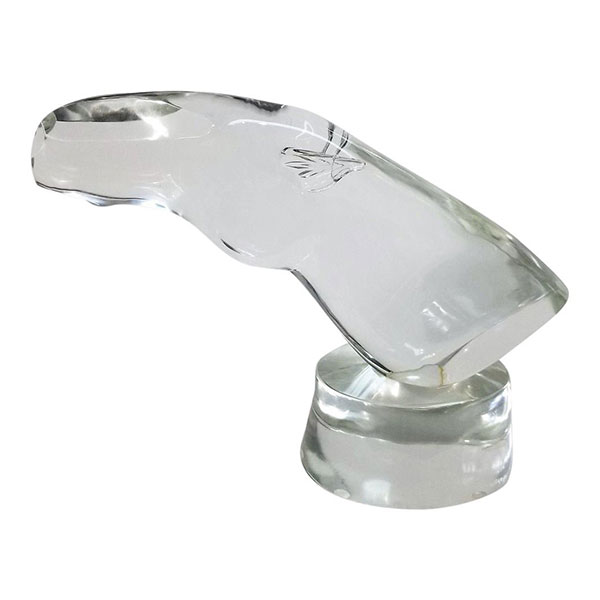
Horse Head by L. Rosin
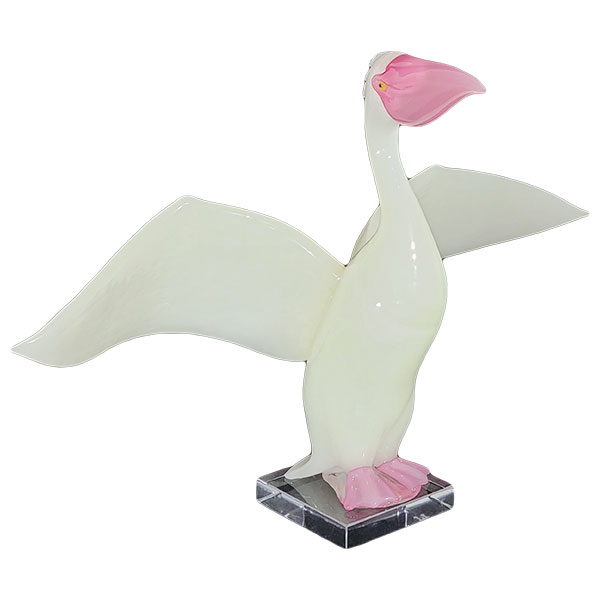
Pelican by P. Signoretto

Pelicans by P. Signoretto
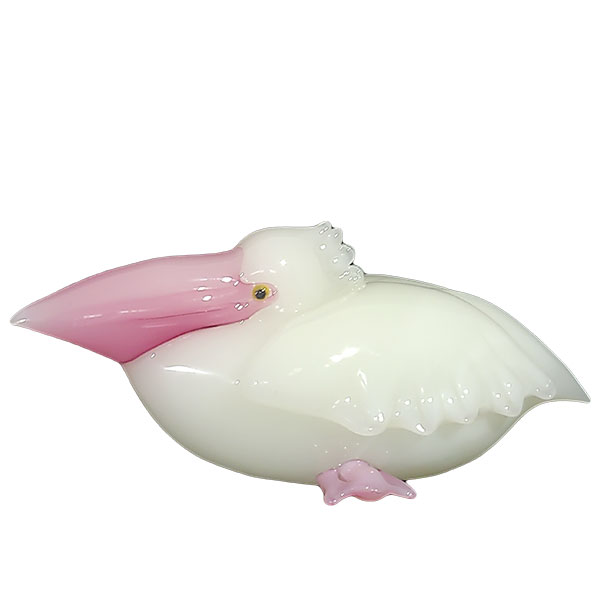
Pelican by P. Signoretto
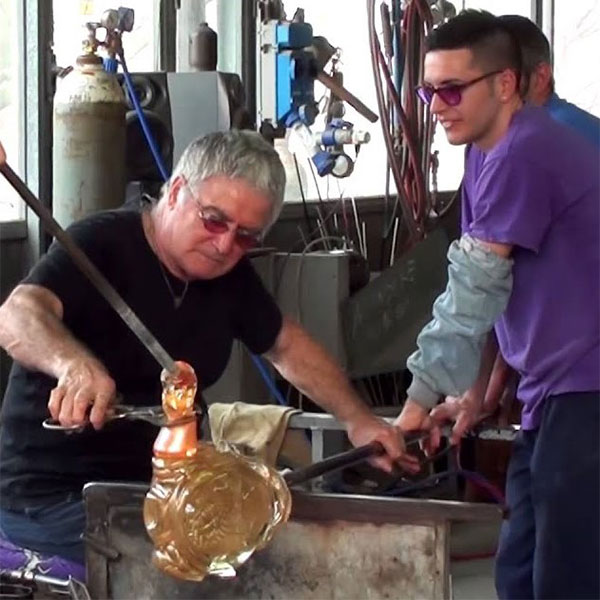
Pino Signoretto
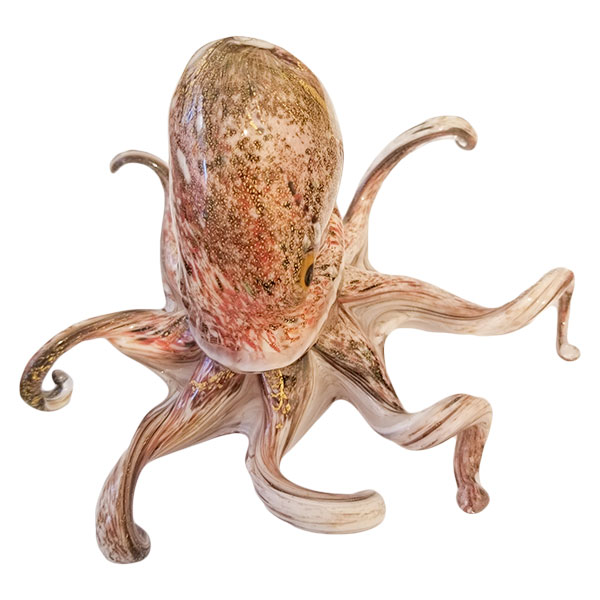
Octopus by D. Frare

Octopus by D. Frare
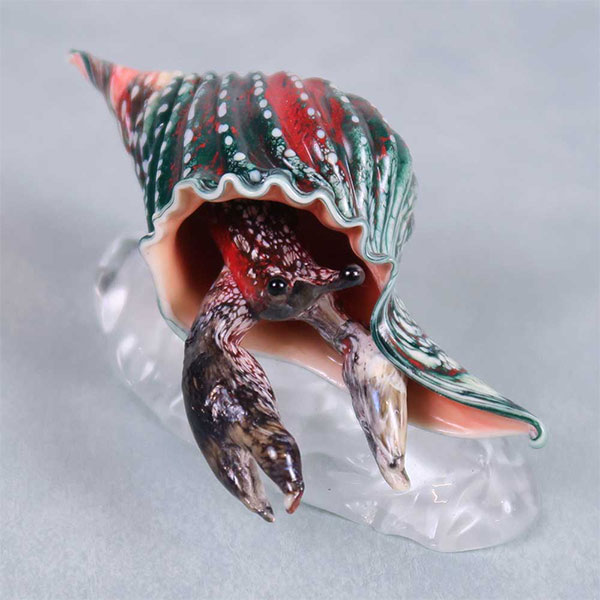
Hermit Crab by D. Frare
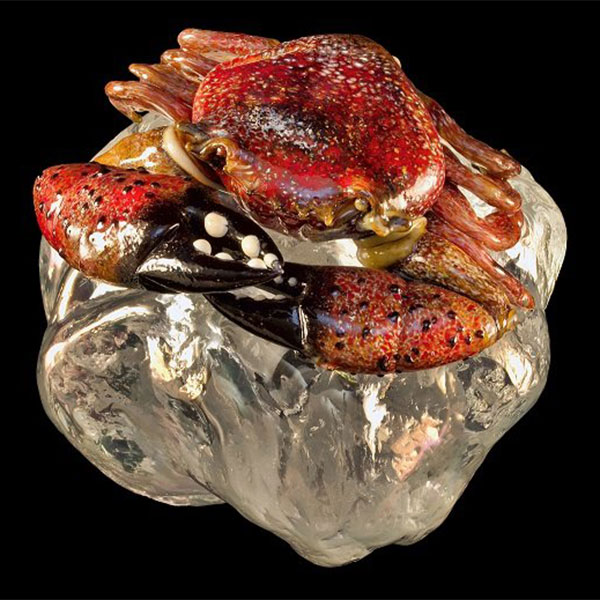
Crab by D. Frare
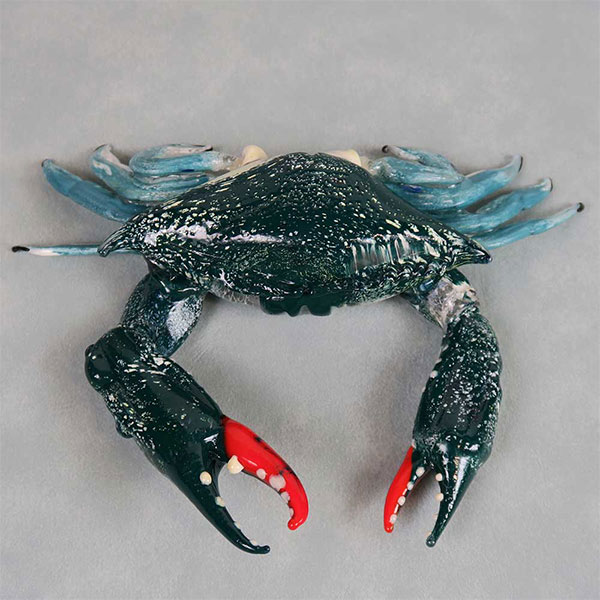
Crab by D. Frare
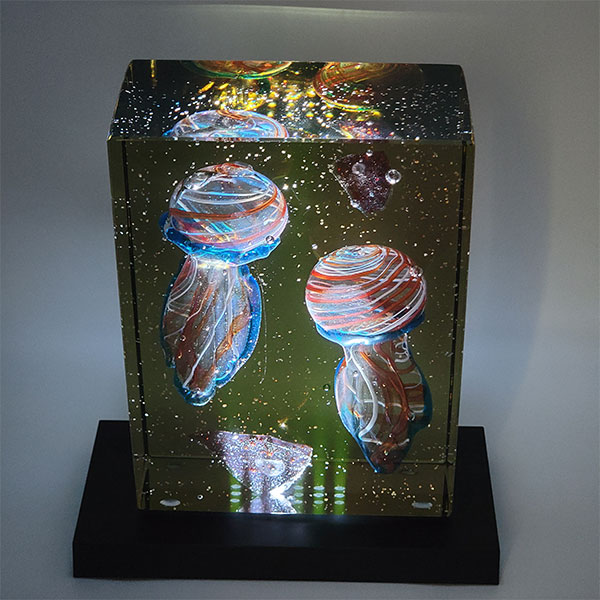
Aquarium by Dona
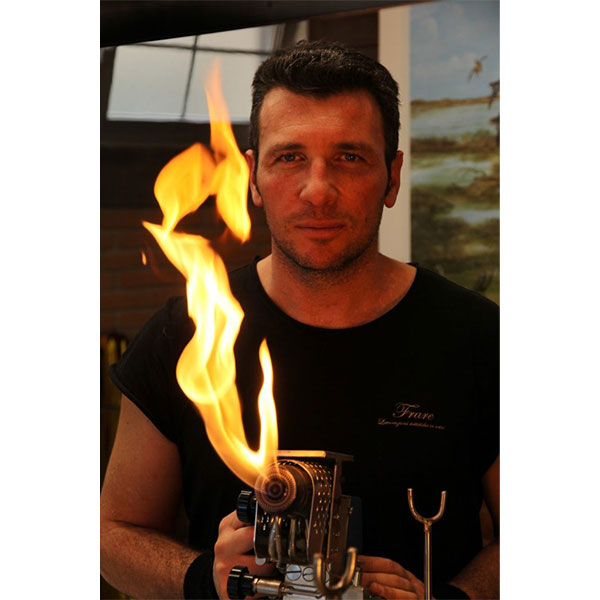
Dario Frare
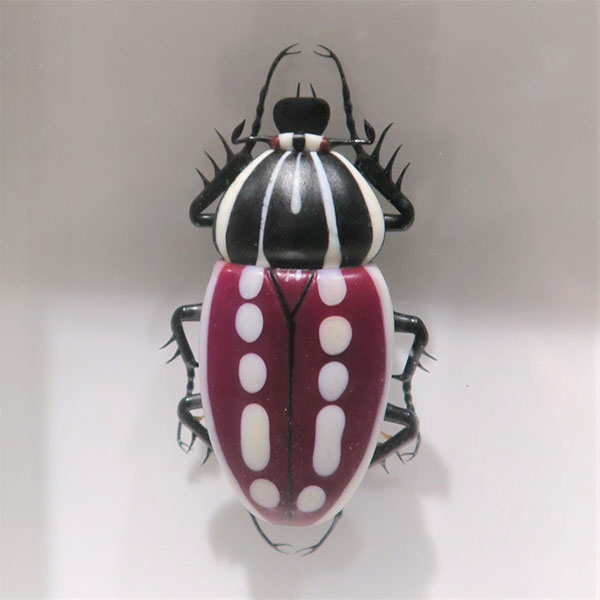
Spot Beetle by E. Toffolo
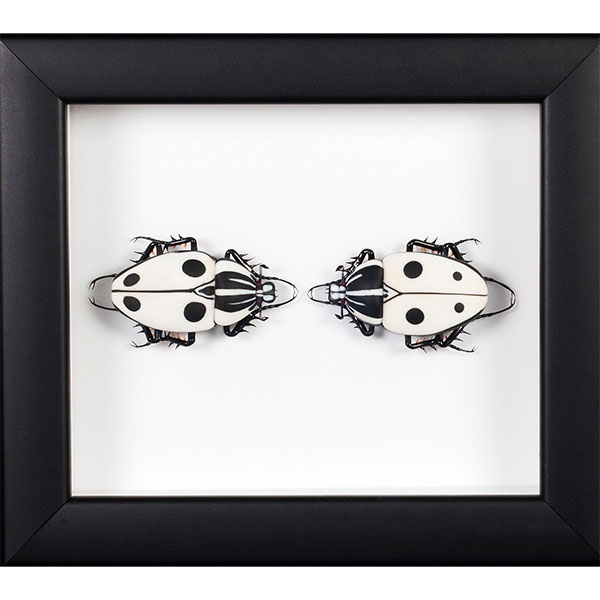
Goliathus Goliatus Quadrimaculatus by E. Toffolo

Beetles by E. Toffolo

Emanuel Toffolo
Read more about Pino Signoretto
Pino Signoretto - Putti by pino
Read more about Murano Glass...
Murano Glass - Sergio Gnesin - Whos who @ WMODA
Murano Glass - Lampworking in Venice
Murano Glass - The Magic of Murano

